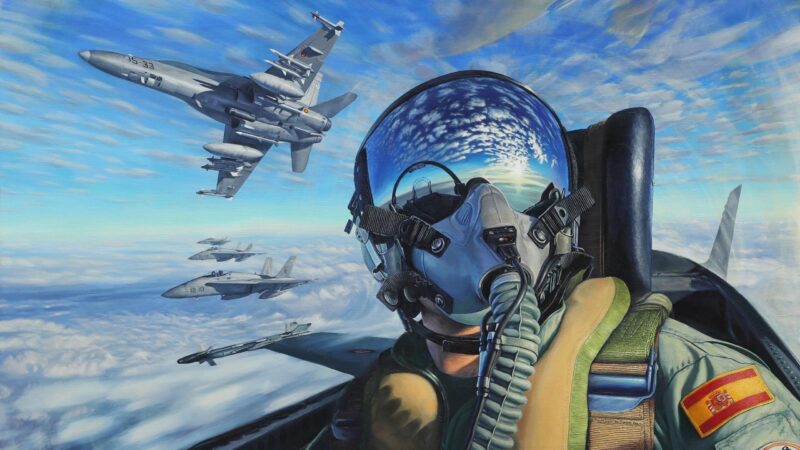Boosting Readiness: U.S. Air Force’s Plan to Train 1,500 Pilots Annually

To maintain air superiority, project global power, and ensure national security, the U.S. Air Force must consistently produce 1,500 trained pilots each year. Meeting this demand has long been a challenge, pushing Air Education and Training Command (AETC) to implement a sweeping overhaul of Undergraduate Pilot Training (UPT). This transformation, known as the Future of Undergraduate Pilot Training (FUPT), combines commercial aviation partnerships, advanced technologies, and streamlined curricula to accelerate pilot production while enhancing quality.
A New Model for Pilot Training
The FUPT model integrates Initial Pilot Training (IPT) through Educational Service Agreements with select civil aviation programs in Texas, Arizona, Florida, and Georgia. Student pilots first earn Federal Aviation Administration (FAA) credentials—private pilot certificates, instrument ratings, and multi-engine ratings—under an FAA Part 141 syllabus. With approximately 120 flying hours completed in no more than 139 calendar days, trainees then transition to military-specific training, focusing on combat-relevant skills.
According to Brig. Gen. Matthew Leard, AETC’s director of Plans, Programs and Requirements, this approach better prepares students for operational squadrons: “Beyond learning the basics of flying, students immerse themselves in modern cockpits and fly in more complex airspaces, setting them up to be even more successful.”
The first IPT graduates completed the program in September 2024 and continued into the modified T-6A Texan II syllabus at Columbus Air Force Base, Mississippi. Twenty-nine students have already earned their wings through this model, with data collection ongoing to refine the program further.
Data-Driven Training Improvements
The 19th Air Force uses competency mapping to ensure each training stage focuses on essential skills. This data-driven process has reduced T-6A training days by 31% while maintaining graduate quality. Maj. Gen. Gregory Kreuder, 19th Air Force commander, emphasized that competency mapping introduces “objective rigor” and allows students to progress faster when performance warrants, creating a more tailored, student-centered approach.
In the new syllabus, students complete 55 flight hours in the T-6A and 50 hours in simulators over 108 days, earning their Air Force wings with broader aviation experience than under the legacy system.
Building the Pilot Training Ecosystem
The current UPT pipeline continues to rely on the T-6A Texan II for initial training and the T-38C Talon for fighter and bomber tracks. However, with the aging T-38C fleet facing rising maintenance demands, the T-7A Red Hawk will soon take its place as the Air Force’s next-generation jet trainer. Pilots selected for mobility, ISR, or special operations aircraft will transition directly into their mission-specific training after wings graduation.
Maintaining readiness of the T-6A fleet is vital to FUPT’s near-term success. Each UPT base—Columbus, Vance, Laughlin, and Sheppard—must generate an average of 75 student sorties daily to meet annual production targets of approximately 425 pilots per base. “Meeting pilot production goals is essential to sustaining a ready, experienced force,” Leard noted.
Toward 1,500 Pilots a Year
With its commercial partnerships, streamlined curricula, competency mapping, and new aircraft integration, AETC’s Future of Undergraduate Pilot Training initiative is on track to meet the Air Force’s requirement of 1,500 trained pilots annually by Fiscal Year 2026. By combining tradition with innovation, the program ensures that the next generation of aviators is prepared to meet the complex demands of modern airpower.
Related News: https://airguide.info/category/air-travel-business/defense-military/
